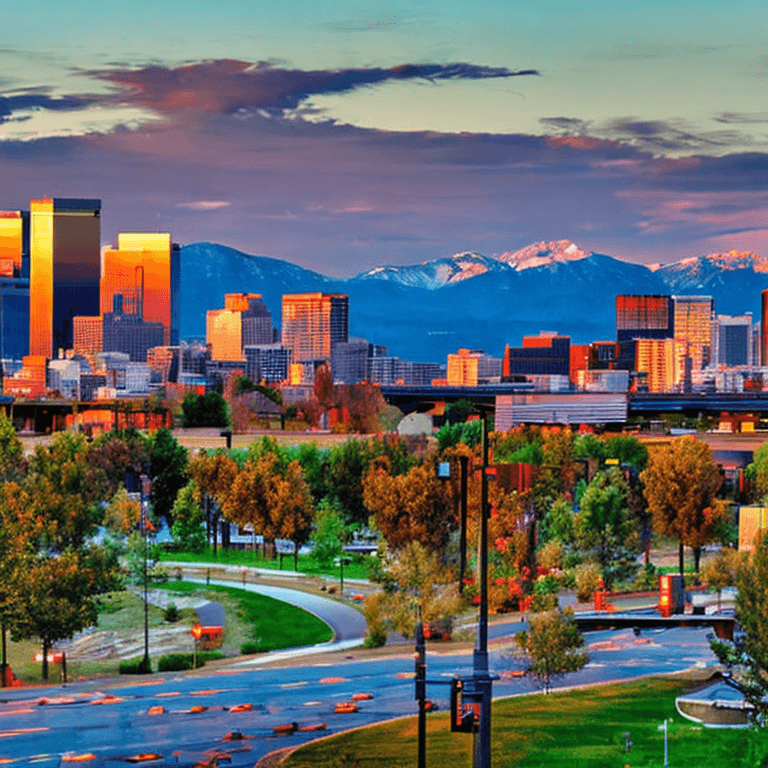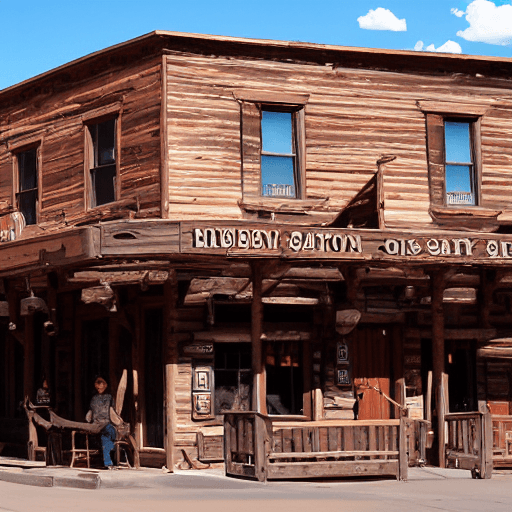The History of Denver
Denver's history is full of people and events that have shaped the city. From the gold rush to the revival of Denver after oil.
Early Denver was a place of crossroads for people who travelled between the Great Plains and Rocky Mountains. Evidence from archaeology at prehistoric indigenous sites suggests that peoples of diverse cultures interacted and interacted in this area.
Gold Rush
The Gold Rush of 1849, or the first time that there was a gold boom in Denver was a significant moment in the city's history. Many people flocked to the region seeking fortune and a new beginning in their lives.
The first gold discoveries were made in Gilpin and Clear Creek Counties, west of Denver. Numerous prospectors were successful in this region, including George Jackson of Idaho Springs and John Gregory of Cherry Creek.
These discoveries weren't enough to reenergize gold mining. A lot of publicity was required to attract new miners. William N. Byers, editor of Denver's first newspaper, Rocky Mountain News, launched campaigns to attract gold-seekers.
More than 100,000 men had left their homes in Kansas and Nebraska to cross the plains to Colorado's mountain country by spring 1859. These men were referred to as "Fifty-Niners."
Some were looking for the gold that was discovered in gulches, such as Clear Creek and Gold Run in Boulder County. Others were more determined and searched for buried gold in Colorado's mountains.
The first major gold discovery was made in the area around Central City by John Gregory, who was a Georgian. He was a red-haired hard-working cracker with a keen eye to find the gold in his native country.
Several other prospectors followed Gregory's lead and made gold strikes in the Clear Creek and Gold Run area. The prospectors who continued to search in the mountains were rewarded with the discovery of gold in the form of placer gold.
As a result of the gold rush, Colorado developed into a mining mecca and a railroad-borne city. The city expanded rapidly and became the capital of Colorado Territory in 1881. Denver is a thriving city with numerous parks, museums and attractions, as well as other attractions that celebrate its rich heritage.
Silver Rush
Mining for silver and gold was the main economic engine of Colorado in the 19th century. It generated more than $1 billion in revenue and produced many millionaires early such as Horace Tabor and Nathaniel Hill.
In 1849, a group of California prospectors headed west to find their fortune. They discovered gold in Ralston Creek, near Arvada. Arvada, and later discovered placer gold (veins of gold embedded in rock) at Cherry Creek. These discoveries were only teasers, but they did spark curiosity in a handful of Midwestern investors as well as Eastern investors, who quickly joined the fray and began to investigate the area further.
Tens of thousands of people left for the northeastern part of Colorado as word spread. They were driven by a variety of motives, such as wanting a fresh start or being involved in the conflicts between North-South.
Some of them were motivated by the prospect of wealth and prosperity, which led them to read promotional literature such as Horace Greeley’s "Go West Young Man." These men also had an insatiable desire for adventure.
No matter their motivations the majority of them made their fortunes in silver or gold mining. The Bland-Allison Act of 1878 which required Congress to purchase 4.5 million ounces of silver per Month, and the discovery of silver in 1890s, significantly increased the price of silver and allowed for the expansion of mines across the state.
The economy crashed after the silver boom and many mining districts could not survive. Durango and Ouray in southwest Colorado were able to hold their own while others, like Creede or Silverton in San Juan Mountains, floundered.
Culture Rush
Denver is a major cultural center. Denver is home to one of the biggest art institutions in the country, and is home to world-class museums which celebrate the past and present.
Denver Art Museum is a great place to visit, with collections that span from prehistory through the 21st century. It's also adjacent to the Clyfford Still Museum which houses the largest collection of art by an American abstract expressionist.
Denver transformed itself from a frontier city to an urban, prosperous city as the culture craze continued. A new train line linking Denver to other cities and towns across the nation allowed this to happen.
The new route also brought more money to the city, leading to an increase in population growth. Denver was the third-largest city in the United States at the start of World War II, with an estimated population of 322,000.
The US Mint was another factor which contributed to the development of Denver. It was established in Denver in 1878. Today, the Mint is a popular tourist destination, and tours are offered daily.
It is a must to visit the Molly Brown House, the former home of Denver’s first woman mayor. The Victorian-style house that was restored in Victorian style, offers an interesting look into Colorado's history and present.
While the Gold Rush helped to shape Denver's character but it didn't come without its problems. Many of those who fled their homes in eastern America to find the riches of the west were not prepared for the journey. They frequently traveled in wagons and were at risk of dehydration, hunger and even death. These conditions led to the spread of fear and xenophobia which led to the formation of the Ku Klux Klan.
Oil Boom
Denver City was transformed by the oil boom of 1849. This was a time when people moved across the country to work in the oil fields. The boom led to a massive demand for housing, restaurants and hotels and water systems to support the increasing number of workers in western Colorado.
Numerous towns have sprung up in the area to accommodate workers and visitors. Some towns were small, with little shops and restaurants and some had huge oil towns that had restaurants, hotels and recreation facilities.
Gearhart was among the most famous, and was located half an hour from the Patterson well. The town was home to a variety of businesses , including a general store and a grocery store, a barbershop/pool hall, machine shops and other services.
Workers from other areas loved the town because it was affordable and easy to reach. It also had a dance pavilion that was a place where laborers and guests could dance.
While the boom was a positive time for certain people however, it also brought a lot of difficulties to Denver and the surrounding communities. Some towns and families were forced to leave their homes, while others go bankrupt or become in financial difficulty.
Additionally, many towns were faced with an unsatisfactory supply of workers as people from other parts of the country were drawn by the lucrative wages and job opportunities available in western Colorado. People who weren't employed in the mines had a difficult time finding housing, renovating wooden water lines to handle greater flows, and serving meals in restaurants that were packed with tourists and workers.
The Denver-Julesburg Basin today is among the most important oil shale plays in world. While the oil industry in the state is a significant part of the economy, it's not the only one. To boost economic growth, companies are now focused on other industries such as finance and cleantech. The production of oil and gas is not likely to grow as quickly as it did prior to when the law was passed.
Boom and bust cycle
Boom and bust cycles are cycles of economic growth and recession that occurs in capitalist countries. Booms occur when the economy is growing and jobs are plentiful and investors get high returns on their investments. The boom is over and the economy shrinks. People lose their jobs, and investors lose their capital.
The central bank lends money at low interest rates to businesses and individuals during the boom. They can use the money to invest in technology stocks, houses or businesses and expect an increase in return.
Related: Denver Car Accident Attorney
Companies begin to reduce their spending when the economy slows down and employees lose their jobs. In the midst of the recession, business owners begin to sell off their assets, including houses and stock portfolios in an effort to raise cash to pay their employees.
The history of Colorado has been characterized by boom-and-bust cycles, from the gold rush of 1849 through the Panic of 1893. But the state's economy has shifted and is no longer reliant on mining as much.
The energy boom created Denver an important city in the 1980s thanks to its tall skyscrapers. The "Mile High City" was given to the city.
Denver's largest economic destabilizer was the chaotic construction industry. During the boom in energy, developers built a number of projects just because they had enough money.
This trend is now resurfacing in the current real estate boom, especially in the Front Range. As a result, it's possible that the Colorado economy will once more slip into the traditional boom-and-bust cycle.
Denver, Colorado Car Accident Resources:


